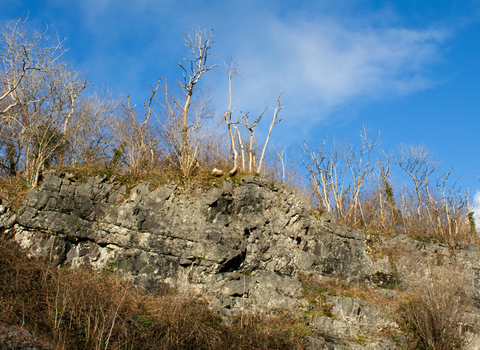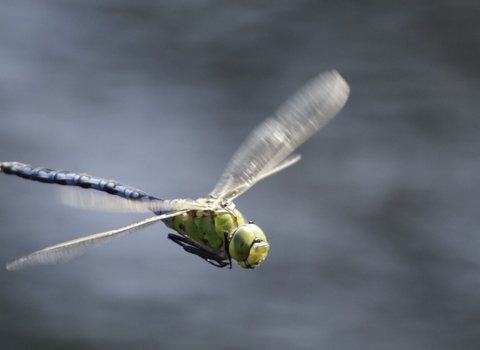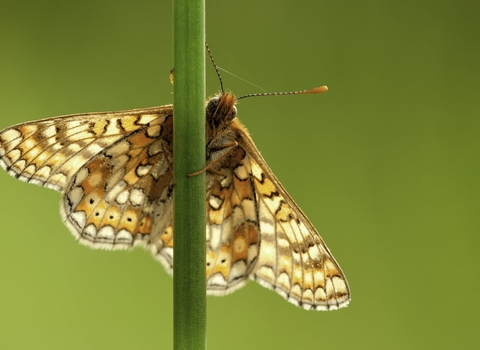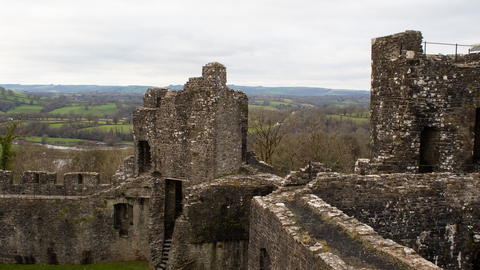
Castle Woods © Grace Hunt
L Wilberforce
Dinefwr/Dynefor Castle Woods, Llandeilo
Know before you go
Dogs
When to visit
Opening times
Open access reserveBest time to visit
May-Aug, Jun-Aug, Oct-FebAbout the reserve
Lowland mixed deciduous woodland, castle and quarry on the Llandeilo series of Ordovician rock which is of national importance.
Castle Woods is comprised of two areas of ancient semi-natural woodland with veteran trees on the steep south and west-facing slope that overlooks the River Tywi. Pendunculate Oak is interspersed with Ash, Beech and Sycamore, with 45% of the Elm having been lost to disease. The understory is comprised of Holly, Hazel, Elder, and Spindle.
The woodland floor is carpeted with Bluebell, Dog’s Mercury, Primrose and Wood Anemone, Toothwort can be found on the roots of the Wych Elm. The woodland is rich in mosses and lichens, including the large Lungwort.
The breeding bird assemblage includes Great Spotted, Lesser Spotted and Green Woodpecker, Treecreeper, Nuthatch, Redstart, Pied and Spotted Flycatcher. Resident birds of prey include Sparrowhawk, Buzzard and Tawny Owl. The floodplain grassland below the wood holds numbers of roosting wildfowl including Goosander, Mallard, Pochard, Shoveler, Teal, Tufted Duck with Pintail, Whooper Swan and Wigeon, in winter.
Butterflies are well represented, including Comma, Silver-washed Fritillary and Speckled Wood and mammals include Fallow Deer and Badger.
The ruins of Dinefwr castle occupy an impressive position above the Tywi water meadows to the west of the site. Dinefwr was the capital of Deheubarth, then West Wales, and a stronghold of the ruling Princes of Wales. The castle was a ruin by 1523, and is being restored by Cadw under a Deed of Guardianship with the Trust and is open to visitors (wheelchair access into the main castle walls).
Download the site map
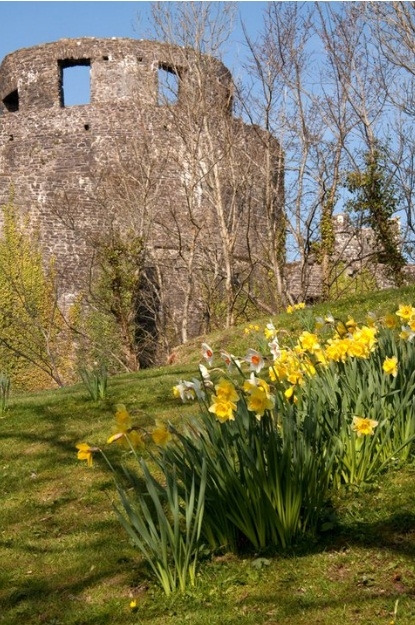
Vaughan Matthews

